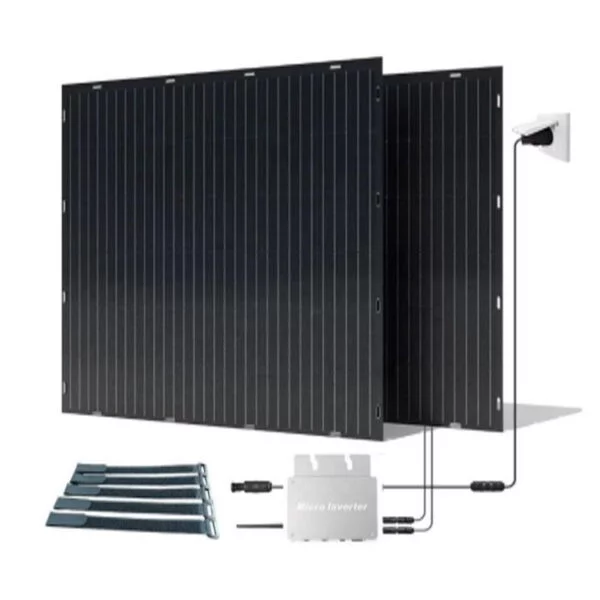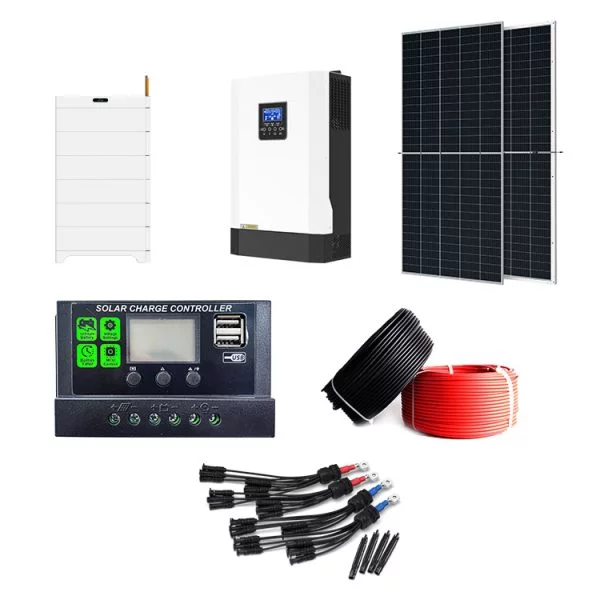HOT PRODUCT
Product Details
1000w Flexible Solar Panels: Frequently Asked Questions And Answers
1000w Flexible Solar Panels: Frequently Asked Questions And Answers
Flexible solar panels, also known as thin-film solar panels, have gained traction in recent times due to their unique characteristics and versatility. As the name suggests, these solar panels are capable of bending and flexing, allowing them to be installed in unconventional locations and on various surfaces. If you’re considering investing in this alternative solar technology, you might have some questions. In this article, we aim to address the most frequently asked questions about 1000w flexible solar panels.
1. What are flexible solar panels, and how do they work?
Flexible solar panels are composed of thin-film solar cells that are printed on a flexible material such as plastic. These panels generate electricity through the photovoltaic effect, where sunlight photons create an electric current within the solar cells. This current is then captured and converted into usable electricity.
2. What are the advantages of flexible solar panels?
One significant advantage of flexible solar panels is their lightweight and flexible nature, which enables them to be installed on curved surfaces such as vehicles, boats, or even backpacks. They are also more resistant to impact and damage compared to traditional rigid panels. Additionally, flexible solar panels can perform better in low-light conditions and tend to have a higher efficiency rating compared to other thin-film solar technologies.
3. What is the power output of a 1000w flexible solar panel?
A 1000w flexible solar panel refers to its power output or maximum power capacity. It means that under ideal conditions, the panel can generate up to 1000 watts of electricity. However, please note that actual power output may vary depending on factors like sunlight intensity, temperature, and shading. It’s crucial to consider these factors when designing your solar system.
4. How durable are flexible solar panels?
Flexible solar panels are designed to be durable and long-lasting. They are typically made with rugged materials that can withstand harsh weather conditions, including rain, hail, and snow. However, it’s essential to ensure proper installation and maintenance to maximize their lifespan.
5. Can flexible solar panels be used to charge batteries?
Yes, flexible solar panels can be used to charge batteries. They are commonly used for applications like powering portable electronic devices, RVs, boats, and off-grid solar systems. By connecting the panels to a charge controller and a battery bank, the generated electricity can be stored for later use.
6. Are flexible solar panels less efficient than traditional rigid panels?
Flexible solar panels generally have lower efficiency compared to traditional rigid panels based on crystalline silicon technology. However, their unique flexibility and ease of installation can compensate for this reduced efficiency in certain applications where traditional panels may not be suitable.


7. How do I install flexible solar panels?
Flexible solar panels offer versatility in installation. They can be mounted using adhesive backing, grommets, zippers, or other attachment mechanisms. Ensure that the installation surface is clean, flat, and free from any debris that could affect the panel’s performance. It is recommended to refer to the manufacturer’s guidelines for proper installation instructions.
8. Can I walk on flexible solar panels?
While flexible solar panels are designed to be durable, it is not recommended to walk directly on them. Excessive pressure or improper weight distribution could potentially damage the delicate solar cells. If installing on surfaces where foot traffic is expected, consider using walkways or protective covers to prevent any accidental damage.
9. Can I connect multiple flexible solar panels together?
Yes, multiple flexible solar panels can be connected in series or parallel to increase the overall power output of your solar system. By connecting them in series, the voltage adds up, while parallel connections enhance the current. It’s crucial to follow the manufacturer’s instructions and consult with a professional to ensure the appropriate wiring and compatibility.
10. Are flexible solar panels suitable for all climates?
Flexible solar panels can function in a variety of climates, including hot and cold regions. However, extreme temperatures or shading can significantly affect their performance. It’s recommended to consult with a solar professional to determine the suitability of flexible panels for your specific climate conditions.
In conclusion, 1000w flexible solar panels offer a flexible and efficient solution for various solar power applications. These panels provide versatility, ease of installation, and good durability. While they may have slightly lower efficiency compared to traditional rigid panels, their unique characteristics make them an excellent choice for specific projects. Consider consulting with solar experts to determine if flexible solar panels are the right fit for your energy needs.




